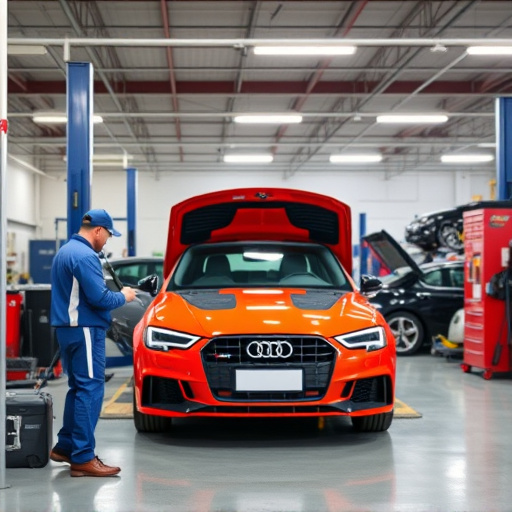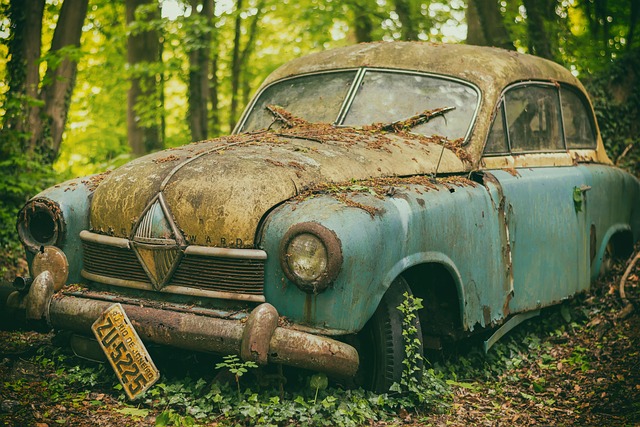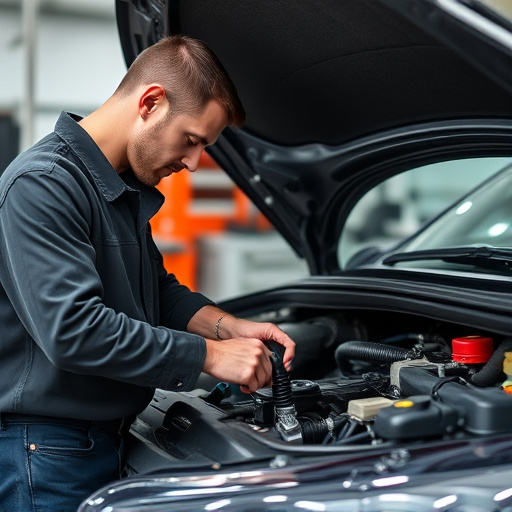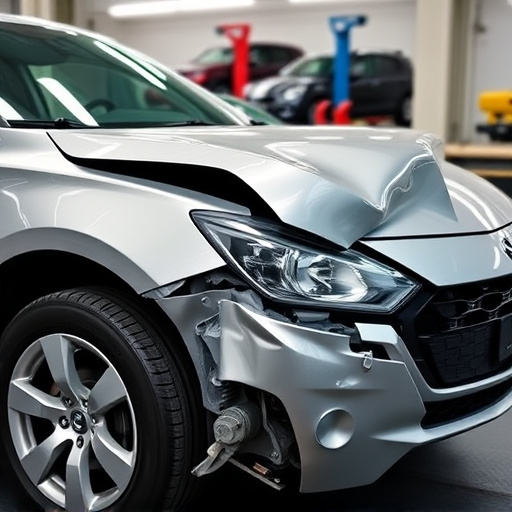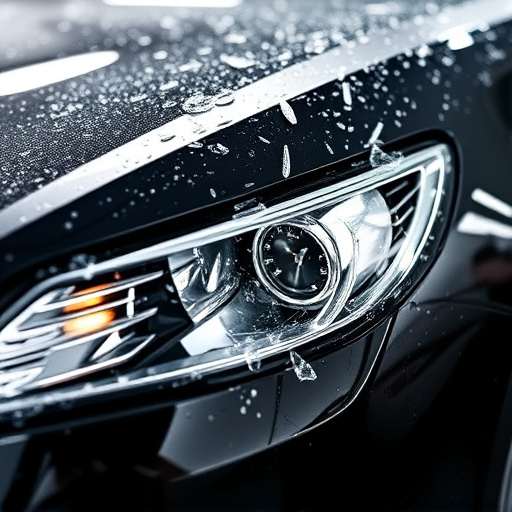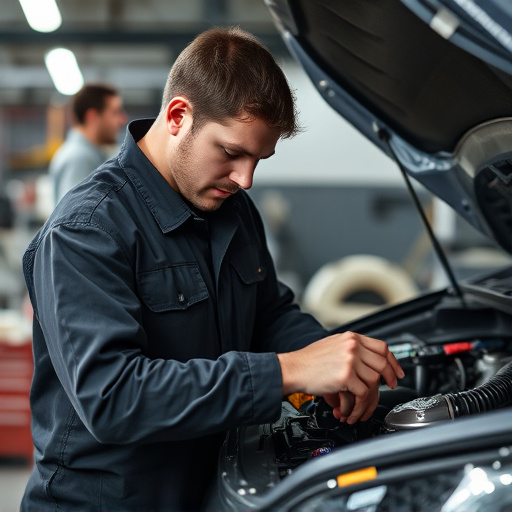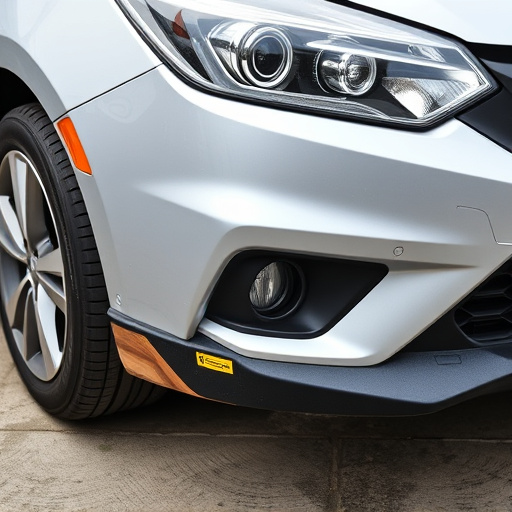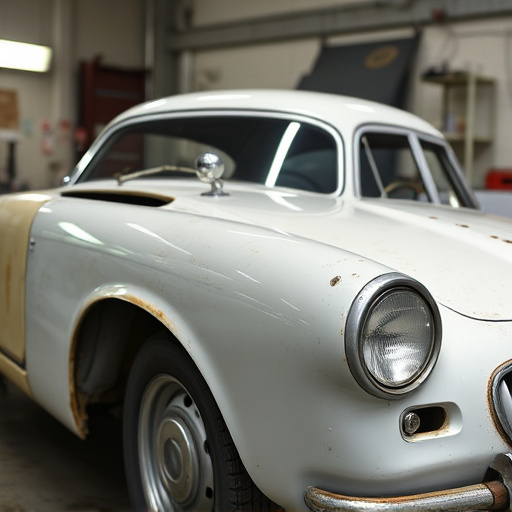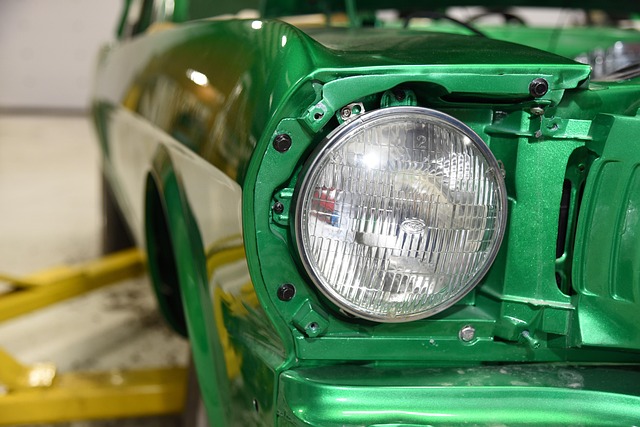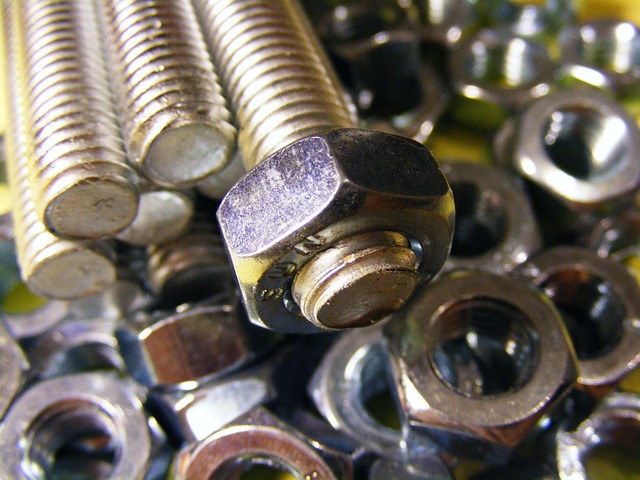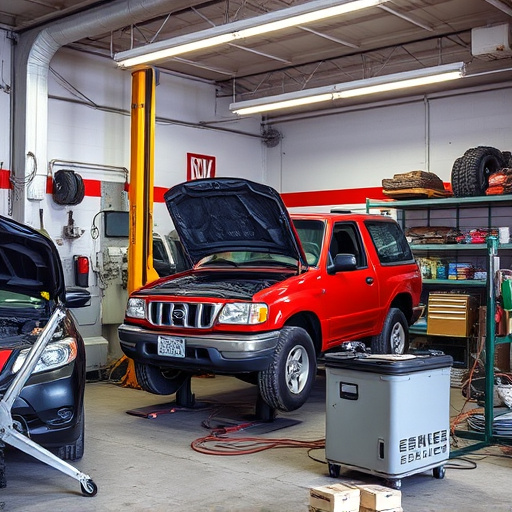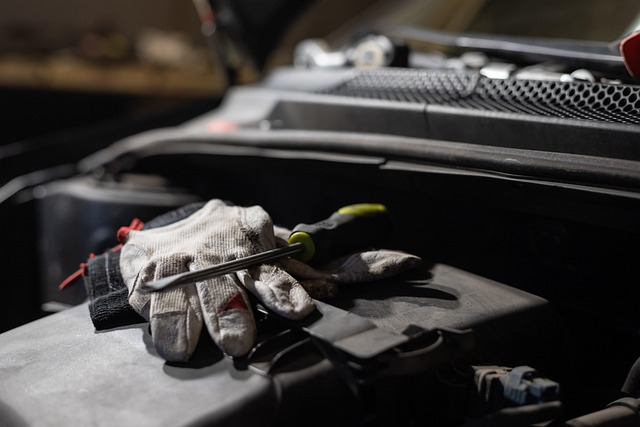Car paint scratches result from environmental factors or human error and range from mild surface swirls to deep clear coat damage or exposed base paint. Effective car paint scratch repair requires understanding the cause and severity. Essential tools include fine-grit sandpaper (400-600), a touch-up pen or spray, masking tape, clear coat, and primer for deeper scratches. The process involves sanding, cleaning, applying touch-up paint, and finishing with higher grit sandpaper to restore the car's original look.
Looking to restore your car’s sleek finish? This guide, crafted by auto experts, offers invaluable insights into car paint scratch repair. Discover the science behind these common dents and their diverse causes. Learn about the essential tools and materials required for successful restoration. Then, master a step-by-step approach to fixing minor scratches, bringing your vehicle back to its former glory. Uncover expert tips tailored to effective car paint scratch repair.
- Understanding Car Paint Scratches: Causes and Types
- Tools and Materials for Effective Repair
- Step-by-Step Guide to Fixing Minor Paint Scratches
Understanding Car Paint Scratches: Causes and Types

Car paint scratches are a common issue that can affect any vehicle, regardless of its age or condition. Understanding their causes and types is the first step in effective car paint scratch repair. These markings on your car’s surface can range from minor swirls and chips to deep gashes, depending on the severity.
The primary factors contributing to car paint scratches include environmental conditions like tree sap, bird droppings, and harsh weather, as well as human causes such as parking lots with uneven surfaces or accidental bumps during washing. Different scratch types include light surface scratches that are mostly cosmetic, deeper scratches that may affect the clear coat, and severe damage that exposes the base paint, all of which require different approaches for car paint scratch repair, depending on the extent of the harm to your vehicle’s bodywork.
Tools and Materials for Effective Repair
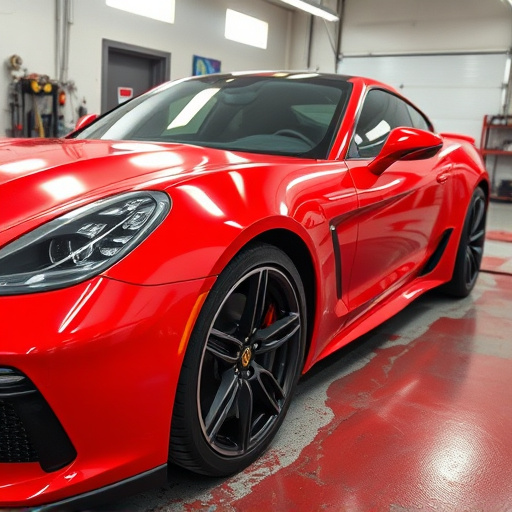
For effective car paint scratch repair, the right tools and materials are essential. Auto experts recommend a kit that includes a fine-grit sandpaper, typically 400 to 600 grit, for smoothing out the damaged area. A small, precise blade or scraper is also necessary to carefully remove any raised edges of the scratch. Next, a car paint touch-up pen or spray can be used to match the exact shade of your vehicle’s paint. The use of a masking tape and a clear coat are crucial for achieving a professional finish, as they help to protect the surrounding unharmed paintwork during the repair process.
Additionally, some experts suggest using a primer before applying new paint, especially for deeper scratches or those in hard-to-reach areas. This step ensures better adhesion of the new paint and can result in a longer-lasting repair. Remember, proper preparation is key to successful vehicle paint repair and auto body restoration.
Step-by-Step Guide to Fixing Minor Paint Scratches
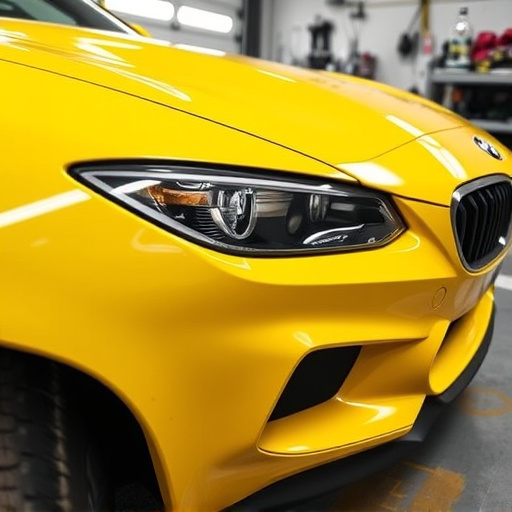
Fixing minor car paint scratches can be done with a bit of patience and the right tools. Here’s a step-by-step guide to help you get started on your auto bodywork project. First, gather all the necessary supplies, including a fine-grit sandpaper (around 400-600), a car paint touch-up kit that matches your vehicle’s color, and an applicator or brush. Begin by gently sanding the scratched area to remove any debris and smoothen the surface. Make sure not to sand too heavily; you only want to lighten the scratch. Next, clean the area thoroughly with a degreaser or soap and water to ensure no dirt or grime remains.
Once the surface is clean and dry, use the applicator or brush to apply the car paint touch-up to the scratched region. It’s important to match the color precisely; if possible, use a reference panel from your vehicle or consult with a professional at a vehicle body shop for guidance. After applying the paint, let it dry completely before sanding lightly again with finer sandpaper (around 800-1200 grit) to achieve a smooth finish. Finally, apply a clear coat if necessary, following the instructions on your touch-up kit, and your car will look good as new!
Whether you’ve encountered a minor scrape or a deeper dent, understanding how to fix car paint scratches can significantly enhance your vehicle’s appearance. By familiarizing yourself with different scratch types and employing the right tools and techniques, such as those outlined in our step-by-step guide, you can effectively repair damage and maintain your car’s glossy finish. Remember, prompt action is key; addressing scratches early prevents further degradation and keeps your vehicle looking its best on the road.
